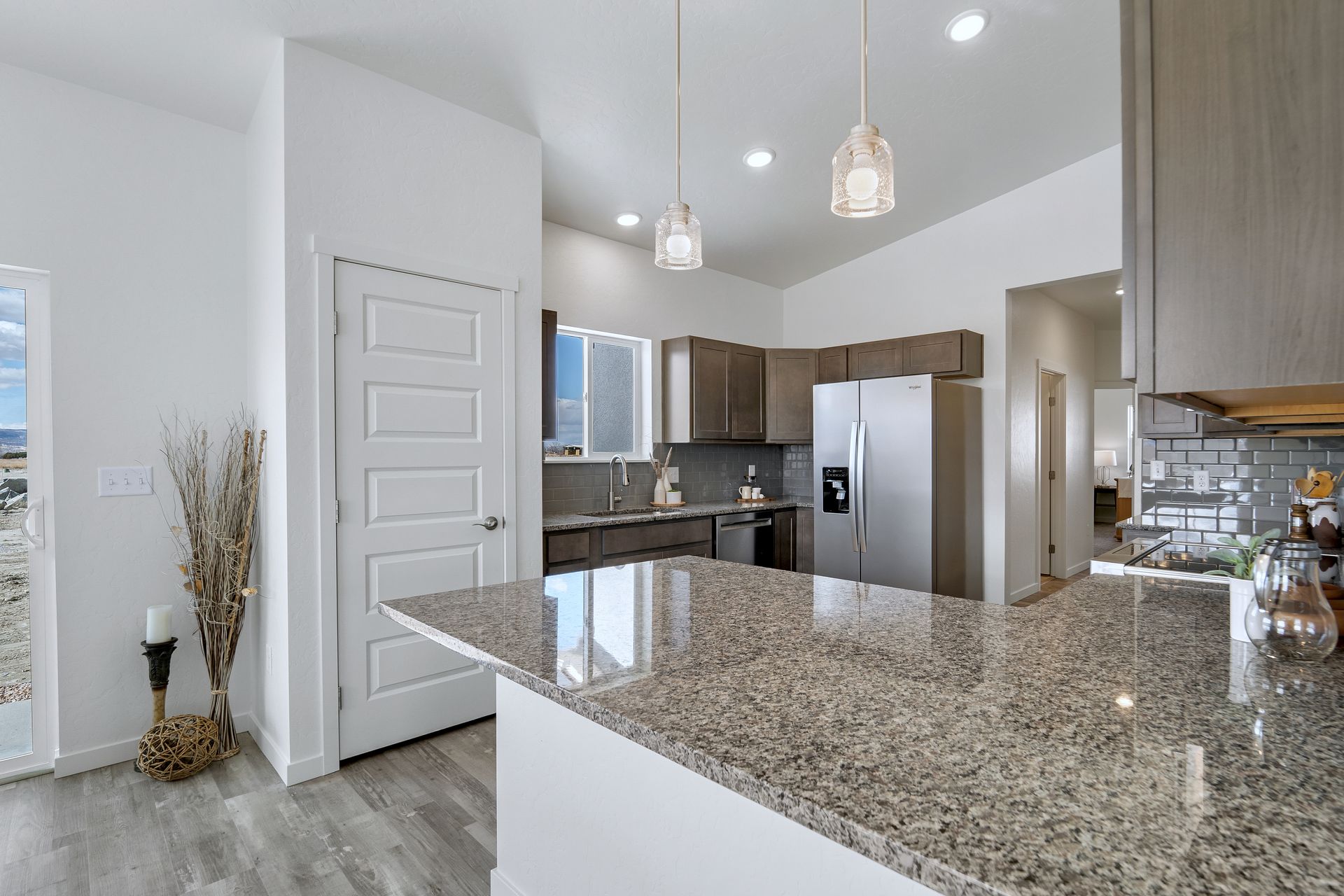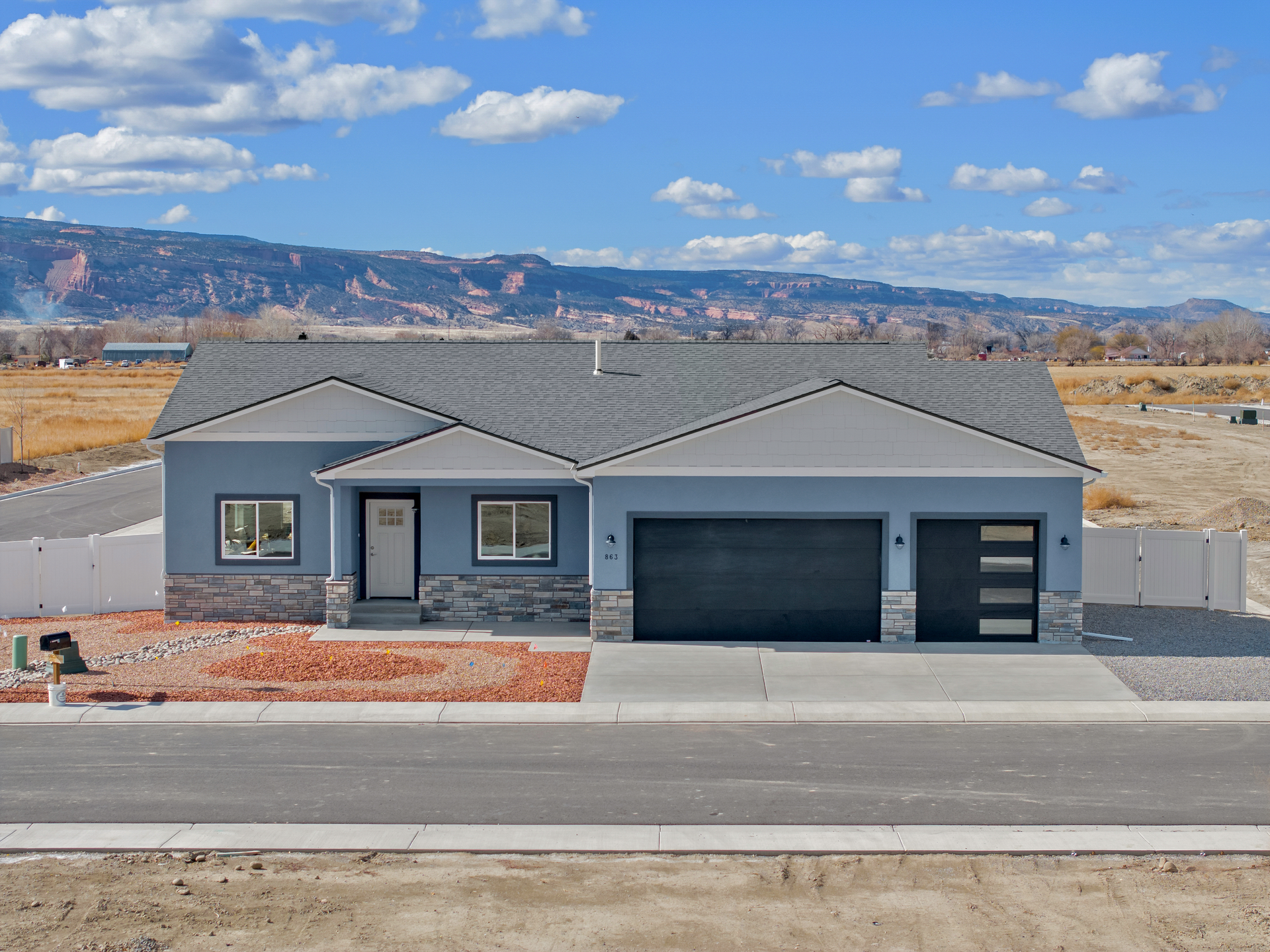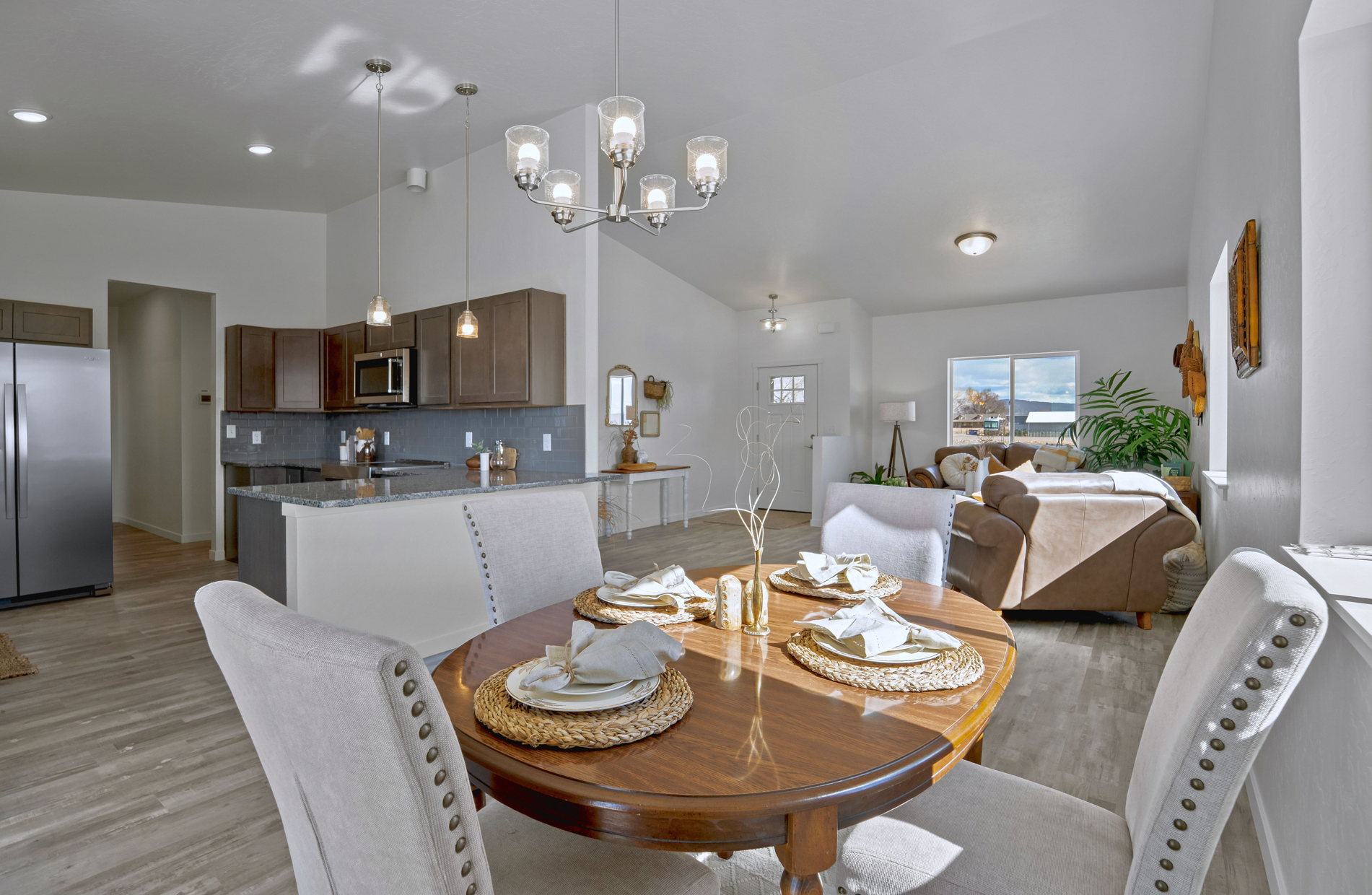Why Energy Efficient Homes Matter

What are energy efficient homes?
Energy efficient homes are houses designed and built to minimize energy consumption while maximizing comfort, sustainability, and cost savings. These homes incorporate various features and technologies aimed at reducing energy usage, improving indoor air quality, and lowering utility bills.
Some common characteristics of energy efficient homes include high levels of insulation, energy efficient windows and doors, efficient heating and cooling systems, LED lighting, renewable energy sources, and last but not least a healthy indoor environment for its inhabitants.
By incorporating energy-saving features and technologies, these homes help homeowners save money, reduce their carbon footprint, and create a healthier living space for themselves and future generations.
At
Senergy Builders, we are proud to say that we specialize in building energy efficient homes. These homes offer numerous benefits such as reduced energy bills, increased comfort, enhanced durability, and environmental sustainability. In our construction practice, our values do not only hold up for the betterment of the environment, but also contribute to a happier and healthier home life.
Why Energy Efficient Homes Matter
Energy efficient homes matter for several reasons. These reasons include cost savings, environmental impact, comfort and health, resilience and reliability, and property value.
Cost Savings
Energy efficient homes are designed to consume less energy for heating, cooling, and powering appliances, resulting in lower monthly utility bills for homeowners. This can lead to significant long-term cost savings on energy expenses.
Environmental impact
By using less energy, energy efficient homes help reduce greenhouse gas emissions associated with energy production, helping to mitigate climate change and environmental degradation. This contributes to a healthier planet.
Comfort
Energy efficient homes often feature better insulation, high-performance windows, and efficient heating and cooling systems which contribute to more comfortable indoor environments no matter the season.
Health
Improved indoor air quality in energy efficient homes can lead to better health outcomes for occupants, reducing the risk of respiratory issues and other health problems associated with poor indoor air quality.
Resilience and reliability
Energy efficient homes are often equipped with features such as backup power systems or passive design strategies that enhance resilience to power outages and other disruptions.
Property value
Energy efficient homes are increasing in demand among homebuyers due to their lower operating costs and environmental benefits, which can translate to higher property values and faster resale times.

Benefits of Energy efficient homes
Energy efficiency offers numerous benefits. These include the comfort of homeowners, the improvement of society, and the safekeeping of the environment.
The Comfort of Homeowners
With improved insulation and high-performance windows, these homes maintain consistent indoor temperatures year-round while minimizing energy waste.
Efficient HVAC systems distribute air evenly throughout the home, and strategic air sealing prevents drafts and air leaks.
Passive design features and improved indoor air quality contribute to a healthier and more comfortable living environment for occupants, all while reducing energy consumption and environmental impact.
The Improvement of Society
This is accomplished through various methods that contribute in many ways.
Offers an alternative for fossil fuels
Energy efficient homes decrease reliance on fossil fuels, mitigating climate change and air pollution.
Improves public health
Lower emissions lead to cleaner air, resulting in better public health outcomes for communities.
Job creation
Energy efficient home construction and related industries create job opportunities, stimulating economic growth.
Lower utility bills
Reduced energy usage means lower utility bills for homeowners, freeing up disposable income for other purposes.
Promotion of sustainable living
Energy efficient homes set a standard for sustainable living, encouraging broader adoption of environmentally friendly practices.
Environmental stewardship
By reducing environmental impact, energy efficient homes promote responsible stewardship of natural resources and ecosystems.
Lastly, Helping Keep the Environment Safe
How exactly do energy efficient homes positively impact the environment?
Reduced energy consumption
Less energy for heating, cooling, lighting, and powering appliances compared to traditional homes. This reduced energy demand decreases the need for fossil fuel-based energy generation, leading to lower greenhouse gas emissions and less environmental pollution.
Lower carbon footprint
By using less energy derived from fossil fuels, energy efficient homes contribute to lower carbon dioxide (CO2) emissions, which are a major contributor to climate change and global warming. This helps mitigate the negative impacts of climate change, such as extreme weather events, rising sea levels, and disruptions to ecosystems.
Resource conservation
Energy efficient homes often incorporate sustainable building materials and design features that minimize resource consumption and waste generation during construction and operation. This includes using recycled materials, optimizing building orientation for natural light and ventilation, and implementing water-saving fixtures and systems.
Preservation of natural habitats
By reducing energy demand and associated environmental degradation, energy efficient homes help preserve natural habitats and biodiversity. This is particularly important in ecologically sensitive areas where habitat destruction and fragmentation can have significant ecological consequences.
Air quality improvement
Energy efficient homes typically have better indoor air quality due to improved ventilation systems and the use of low-emission materials. This helps reduce indoor air pollutants such as volatile organic compounds (VOCs), particulate matter, and allergens, which can have adverse health effects on occupants and contribute to outdoor air pollution when released into the environment.
Overall, energy efficient homes play a crucial role in promoting environmental sustainability and mitigating the impacts of climate change by reducing energy consumption, carbon emissions, resource depletion, and environmental pollution. This makes them a crucial aspect of sustainable development and responsible living.
Choose Senergy Builders
Discover the Future of Sustainable Living by collaborating on your next energy efficient home with Senergy Builders! We're proud to offer a range of energy efficient homes that all meet ENERGYSTAR standards and simultaneously prioritize comfort, savings, and environmental stewardship.
With our professionally-trained staff and innovative mindset, as well as our 200 years of experience in all areas of the construction industry, we're leading the way in creating homes that not only reduce energy consumption and lower utility bills but also contribute to a cleaner, healthier planet.
Join us in shaping a greener future and experience the ultimate in modern living with our energy efficient homes. To learn more,
contact us
at 970.248.8500.
You might also like



